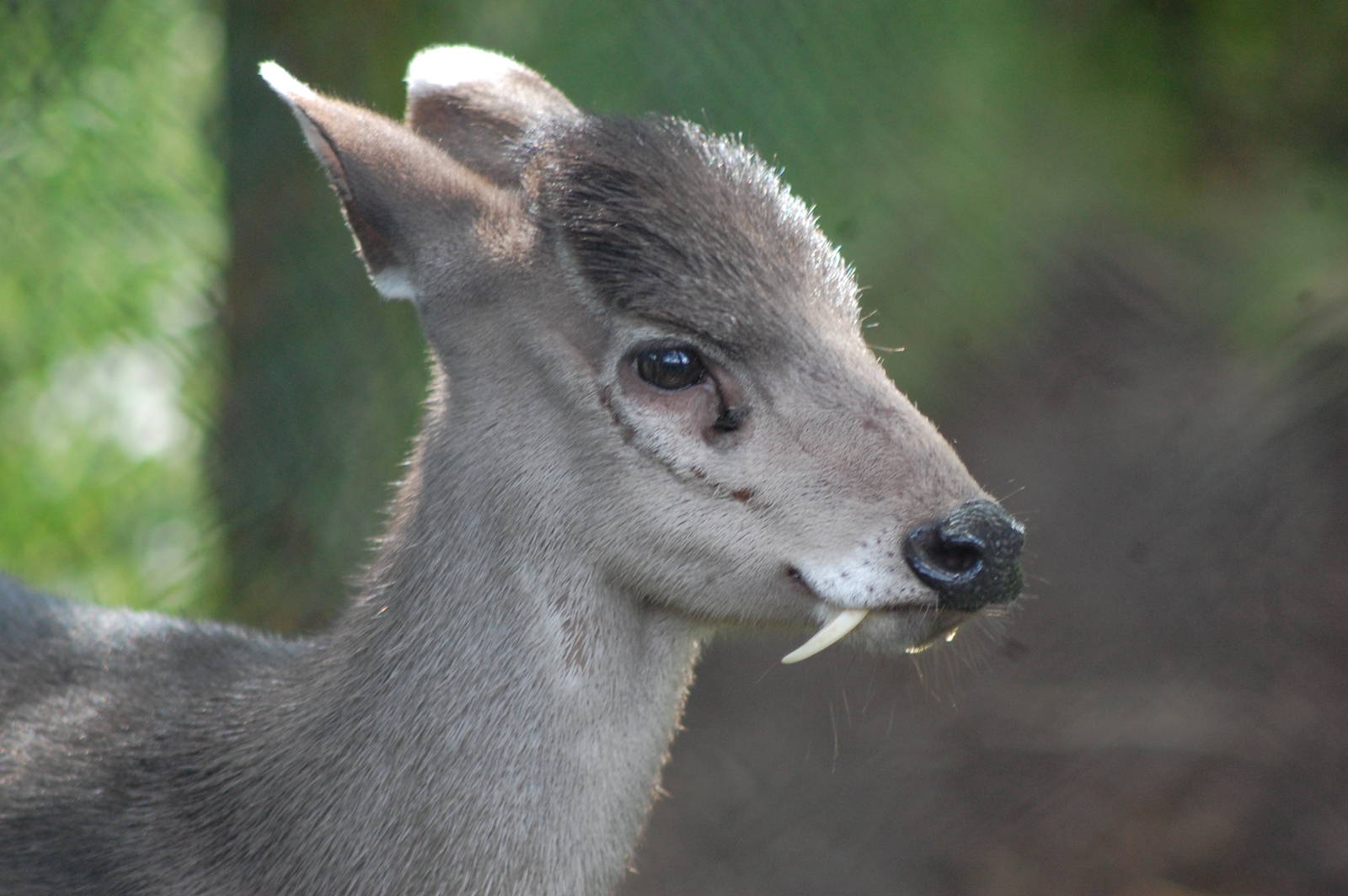Human teeth are pretty normal. We have two sets of sixteen teeth, made up of 8 incisors, 4 canines, 8 premolars, 8 molars and 4 wisdom teeth (unless yours have been removed). All of our teeth are relatively similar shapes and sizes, and fit fairly well in our jaws- but this can’t be said for some sets of teeth found in the animal kingdom. In today’s blog we’re going to go over 5 animals that have some seriously strange teeth, and explain why exactly they’ve evolved in the way that they have!
- Our first animal with some weird pearly whites is the Dragonfish. These scary-looking swimmers can be found in the deep ocean, between 100m and 1km below the surface of the sea. Similar to the Anglerfish, Dragonfish have a small bioluminescent light to lure unsuspecting prey, and rows of sharp, fang-like teeth, which wouldn’t be that exciting if it wasn’t for the fact that they are transparent! Dragonfish teeth are similar to most other animals (including humans), being made up of an outer layer of enamel protecting a hard tissue called dentin. However, nanostructures contained in their teeth make light completely pass through them instead of reflecting, making the teeth all but invisible to the Dragonfish’s prey.
- Next on our list is another fish, this time one called the Sheepshead Fish. This animal’s teeth are weird for almost the exact opposite reason of the Dragonfish- the Sheepshead has teeth eerily similar to humans! In fact, at first glance the fish almost looks like it’s swallowed a set of dentures by mistake, having front teeth almost identical to human incisors. What sets this fish’s teeth apart from ours, however, is that their teeth extend much further back into its mouth, perfect for crushing shells of clams, oysters, barnacles and crabs, which make up the majority of its diet.
- Moving out of the oceans and into East Africa, we encounter the Naked Mole Rat. These bizarre looking hairless rodents live in colonies underground, and have evolved to have just four teeth, two sets of twin incisors! There are a number of strange things about Mole Rat teeth, namely that they are located outside of its lips- this is because these rodents use their teeth for digging, so their lips close behind their teeth to stop dirt from entering their mouths. Furthermore, their teeth can actually move independently from each other, and about a quarter of their entire musculature is located in the jaw, meaning they have incredibly strong bites, all the better for digging!
- The next animal we’re looking at today is by far the cutest on our list- the Tufted Deer. This endangered species of deer is native to the mountainous forested regions of central China, and the males of the species boast some pretty sharp looking fangs! These enlarged canines are almost tusk-like, protruding below the lower jaw, and are used mostly to defend themselves from predators. Interestingly, the Tufted Deer also do not have upper incisors (probably due to their large canines), so must rely on their lower incisors to eat leaves and grasses.
- For our final animal today we thought we’d go right to the bottom of the world- Antarctica, to the Crabeater Seal. These blubbery mammals have some really unique teeth- they’re so toothy even their teeth have teeth! Each Crabeater Seal tooth is serrated, covered in lots of tiny protrusions that kind of look like a buzzsaw, but here’s the strange part- despite its name, the Crabeater Seal doesn’t use these teeth for eating crabs! In fact, Crabeaters don’t eat anything bigger than Krill, tiny crustaceans that float around in groups of up to 30,000 per cubic metre. The serrations on the seal’s teeth actually work as a kind of sieve, meaning the seal can just take gulps of water and their teeth will trap any Krill too slow to swim away.
So there we have it! 5 of the strangest sets of teeth in the animal kingdom. Here at London Holistic Dental Centre, we aren’t concerned with animal’s teeth but yours! If you wish to book a check-up with us, or are worried about any aspect of your dental health, just give us a call on 020 7487 5221 and we’ll get you in for an appointment as soon as possible.

